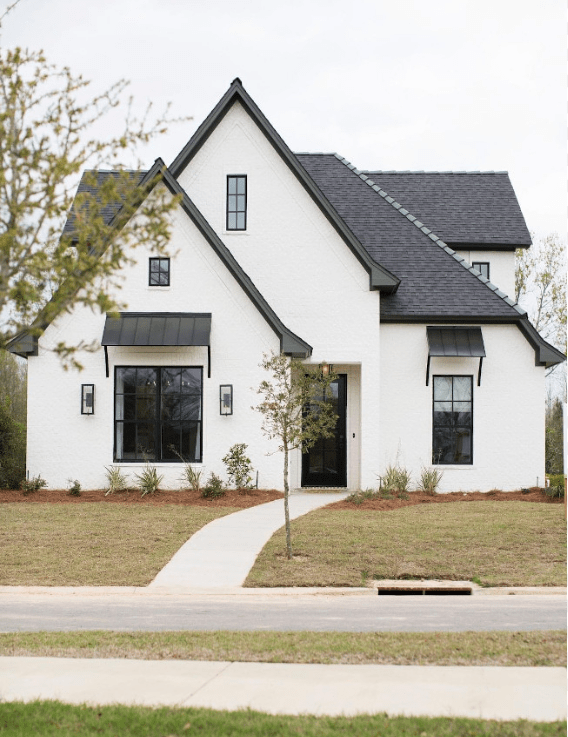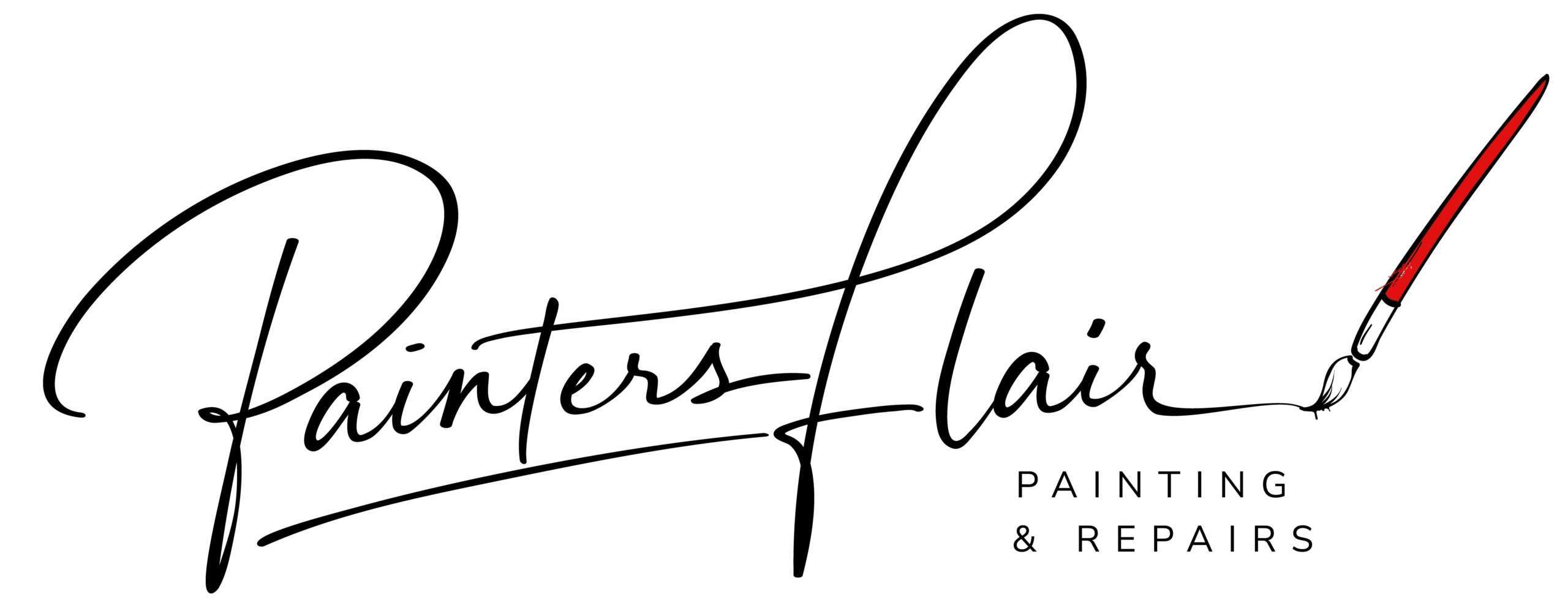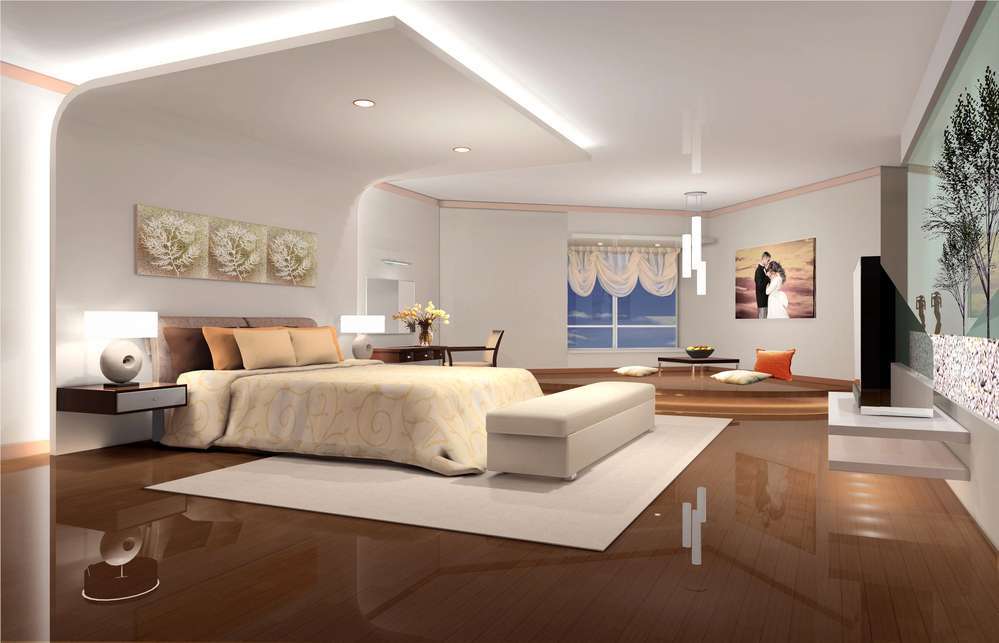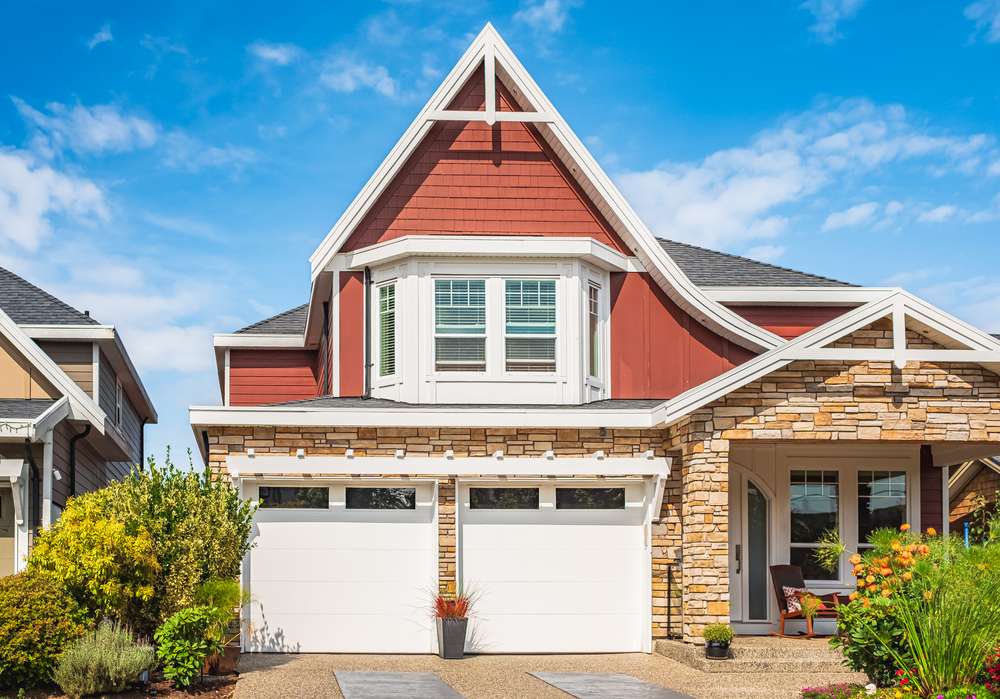Residential painting projects vary widely in price due to several factors that impact the quality of the work provided by different painting companies. These variations can include differences in the quality of labor, employee experience, physical abilities, attitudes toward work. Additionally, speed of work, importance placed on homeowner satisfaction. Also, It’s the materials used, value delivered, communication quality, and the overall experience delivered to the homeowner. While completed house paintings may initially appear similar, the underlying differences in these areas can significantly affect the outcome and homeowner satisfaction.
Quality of Labor Between Painting Companies
One of the primary factors contributing to differences in pricing between residential painting companies is the quality of labor. Highly skilled and experienced painters do demand higher wages due to their expertise. Undoubtedly, this will reflect in the overall project cost. On the other hand, less experienced painters may offer lower prices. However, the quality of their work may not meet the homeowner’s expectations.
Furthermore, the training and certification of painters can impact their knowledge of industry-best practices. Additionally, this will effect their ability to handle specialized techniques, and ensure the use of proper safety measures during the project. Companies that invest in ongoing training for their employees may charge higher rates to cover these additional expenses. This of course will result in variations in pricing across different companies.
Experience of Employees Between Painting Companies
The length of experience of employees within a painting company can contribute to differences in pricing. Seasoned painters bring years of knowledge and expertise to the table. This allows them to provide high-quality work. In contrast, less experienced painters may lack the skills and efficiency that come with years of practice. Undeniably, potentially leading to subpar results.
Experienced painters understand the intricacies of different surfaces, paint types, and application methods. This enables them to handle various challenges effectively. Their ability to navigate complex projects with confidence and skill can justify higher pricing. Certainly, the level of expertise directly impacts the quality and longevity of the final paint job.
Physical Abilities of Employees
The physical abilities of employees, such as strength, agility, and attention to detail, can influence the pricing of residential painting services. Projects that require intricate detailing or working in challenging physical conditions may demand a higher level of physical prowess from the painters involved. Companies employing physically adept individuals capable of handling such tasks may charge premium rates to reflect the expertise and effort required.
Furthermore, physical abilities can impact the speed and efficiency of completing painting projects. Highly skilled and physically capable workers may accomplish tasks more swiftly and with greater precision, ultimately contributing to the overall quality of the painting job.
Attitudes Toward Work
The attitudes of painting company employees toward their work can significantly impact the pricing of their services. Companies that prioritize professionalism, accountability, and a positive work ethic may command higher rates. To be sure, homeowners value the peace of mind that comes with hiring dedicated and reliable professionals. A positive attitude can translate into better communication. It adherence to project timelines, and a focus on customer satisfaction. In similar fashion, these traits contribute to the overall quality of the painting experience.
In contrast, painting companies with employees who exhibit lackluster attitudes or unprofessional behavior may offer lower prices. However, This jeopardizes the quality of their work and the homeowner’s satisfaction. Homeowners often recognize and appreciate the difference in service quality provided by employees who approach their work with a positive and conscientious mindset.
Quickness
The speed at which a painting company completes a project can influence pricing discrepancies. Some companies may prioritize rapid project completion to accommodate tight schedules or urgent homeowner needs, potentially charging higher rates for expedited services. Speed may also signify efficiency and expertise, as experienced painters can complete complex tasks within shorter timeframes without compromising quality.
Alternatively, companies offering lower prices may prioritize slower project timelines, potentially affecting homeowner convenience and overall satisfaction. Homeowners seeking quick and efficient services may be willing to invest in companies that demonstrate the ability to deliver timely results without sacrificing quality.
Importance of Pleasing the Homeowner
The emphasis placed on pleasing the homeowner and ensuring their happiness with the completed work can lead to varying pricing structures among residential painting companies. Companies that prioritize customer satisfaction and go the extra mile to accommodate homeowner preferences may charge higher rates to reflect the value of their personalized service.
Conversely, companies that prioritize cost savings over customer satisfaction may offer lower pricing. This usually results in compromising the level of attention and care dedicated to meeting homeowner expectations. The ability to understand and fulfill the specific needs and desires of homeowners is important. It contributes to the overall value delivered by the painting company and justifies variations in pricing.
Quality of Materials Used
The quality of materials used in residential painting projects can significantly affect pricing differentials. Companies that invest in high-quality paints, primers, and tools may quote higher prices to cover the cost of superior materials. These premium materials often result in longer-lasting paint jobs. additionally, it’s more visually appealing results, justifying the increased investment from the homeowner’s perspective.
In contrast, companies that prioritize cost-cutting measures may utilize lower-quality materials to reduce expenses. They offer lower pricing to attract budget-conscious homeowners. However, the use of inferior materials can compromise the durability and aesthetics of the paint job. This will lead to potential long-term dissatisfaction and additional expenses for the homeowner.
Value Delivered to the Homeowner By Painting Companies
The overall value delivered to the homeowner encompasses the combination of labor quality, material selection, adherence to project timelines, and customer satisfaction. Painting companies that prioritize delivering comprehensive value, including long-lasting results, attentive customer service, and peace of mind for homeowners, may justify higher pricing to reflect the cumulative benefits provided.
Conversely, companies that focus solely on completing the paint job at minimal cost may overlook the holistic value they can offer to homeowners. This results in lower pricing but potentially sacrificing overall satisfaction and peace of mind. Homeowners seeking a comprehensive and gratifying painting experience may recognize the distinctions in value delivered and prioritize investing in companies that prioritize their long-term satisfaction.
Quality of Communication
The quality of communication between a painting company and the homeowner can influence pricing disparities. Companies that prioritize clear, transparent, and responsive communication throughout the project lifecycle may command higher rates. Homeowners value the assurance and understanding that effective communication provides. Clear communication can mitigate misunderstandings ensure alignment on project expectations. This Alignment fosters a positive working relationship between the homeowner and the painting company.
Alternatively, companies that offer lower pricing may compromise on communication quality. This potentially leads to frustrations, delays, and misaligned expectations during the painting process. Homeowners who prioritize seamless and open communication may be willing to invest in companies that demonstrate a commitment to clarity and transparency.
Overall Experience of the Homeowner
The overall experience of the homeowner, encompassing the entire painting journey from initial inquiries to project completion, can vary significantly based on the painting company chosen. Companies that prioritize delivering a positive, seamless, and gratifying experience for homeowners may reflect this commitment in their pricing, recognizing the value of a well-rounded and satisfying customer journey.
Conversely, companies that focus solely on completing the paint job may overlook the nuances and impact of the overall homeowner experience, potentially offering lower pricing without accounting for the emotional and practical benefits of a well-managed and customer-focused process. Homeowners seeking a comprehensive and enjoyable painting experience may recognize the distinctions in pricing that justify the level of care and attention dedicated to their journey.
Conclusions
Residential painting companies exhibit wide differences in pricing due to various factors that influence the quality of labor, materials used, customer-centric approach, and overall homeowner satisfaction. The disparities in employee expertise, physical abilities, attitudes, communication quality, and the value delivered to the homeowner justify varying pricing structures across different companies. It is essential for homeowners to evaluate the comprehensive benefits and long-term value offered by painting companies. Recognizing the impact of these factors on the quality and satisfaction of the completed house painting is essential.





